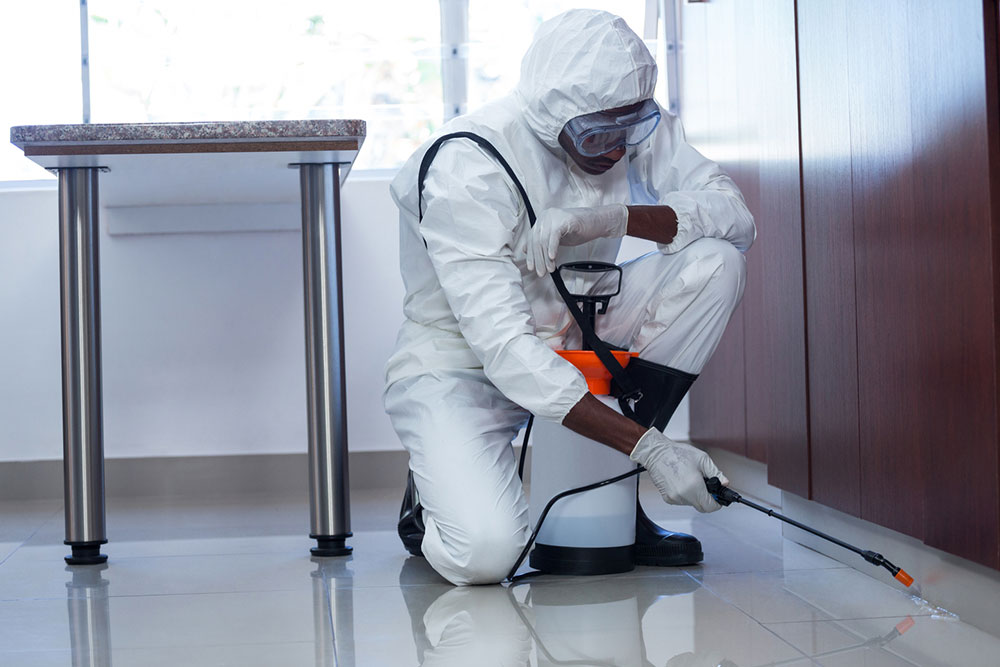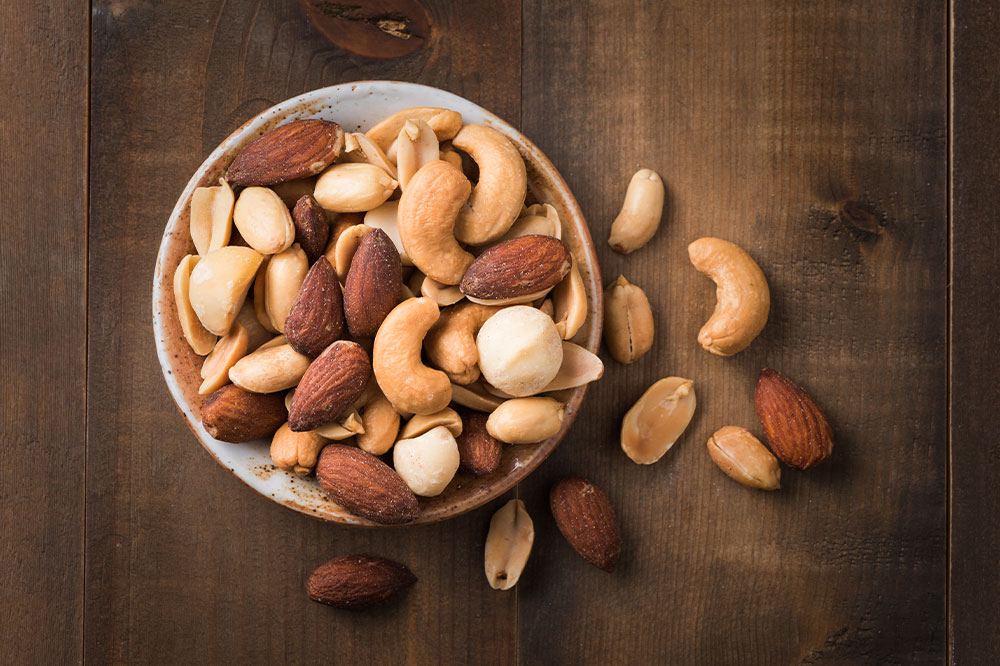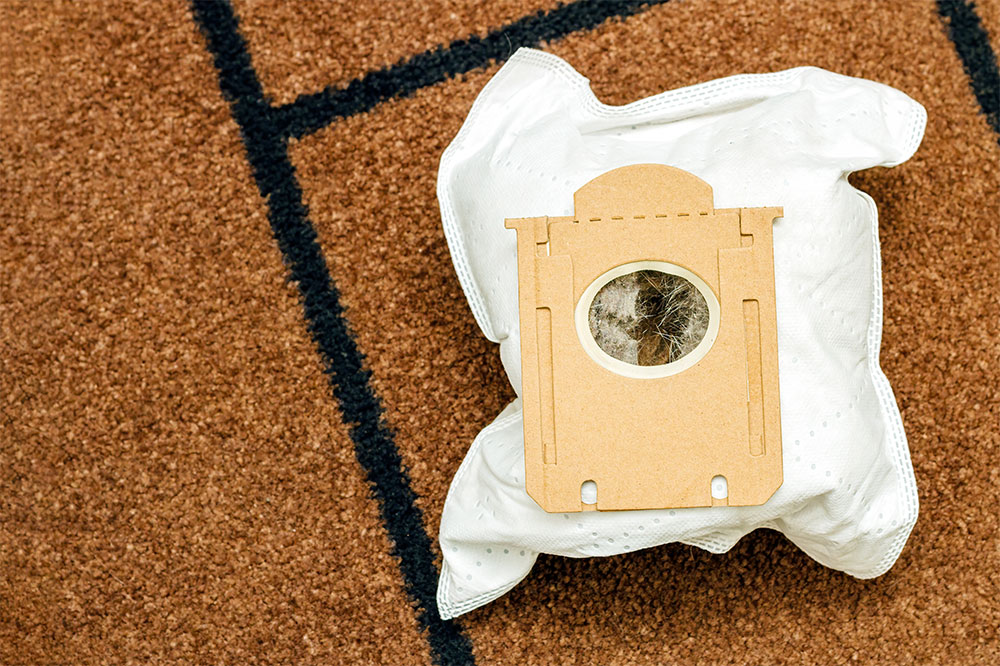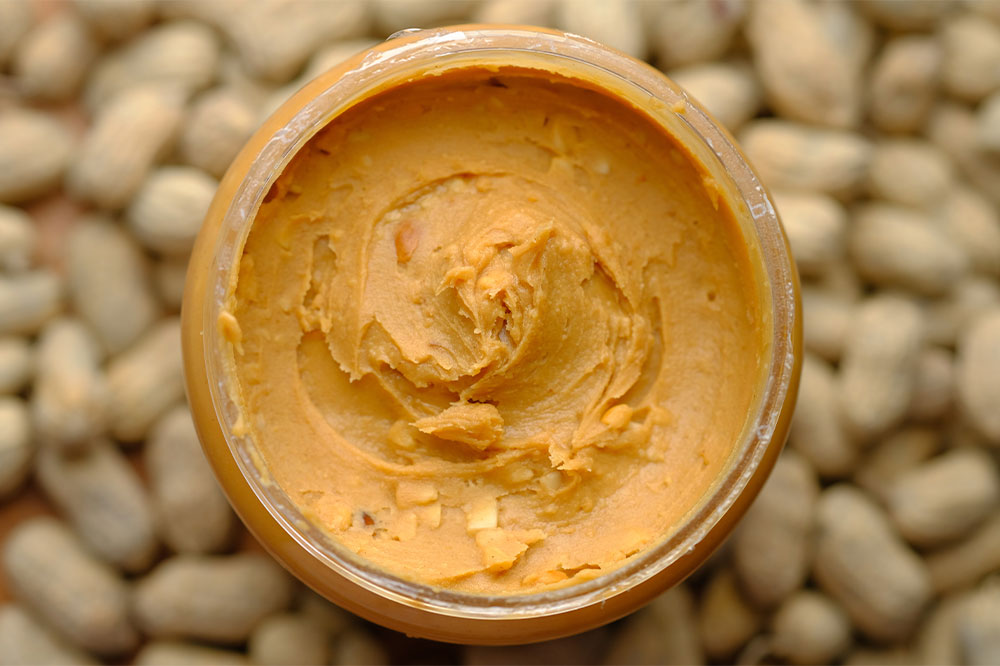7 common pest control mistakes to avoid

For homes with a yard or any outdoor space, dealing with unwanted pests is a constant battle. Further, homes that have pets need to watch out for pest invasions that may occur through their beloved pet. While it can be handy to use tricks or hacks as quick-fix solutions, these may sometimes prolong the infestation or make it more severe. So, always call in a professional and avoid some common pest control mistakes.
Underestimating the severity of the infestation
While trying to figure out the extent of the infestation, many people often make the mistake of assuming that it is not as serious as it looks. On the contrary, the infestation might be more severe than it appears on the surface. When it comes to pests and bugs, it is best to assume the worst. This is because most pests, such as ants, rats, and termites, are skillful in hiding. So, if one has observed a couple of these around the house, it is a sign that a significant number of them are hiding in some hole or nook in the house. They will end up causing extreme damage even before the homeowner figures out that there is an infestation.
Making delay in taking action
Another common mistake many homeowners make is waiting around to take some action against the infestation. Insects, bugs, and pests can multiply at a rapid pace, and the situation can get out of hand quite quickly. Therefore, it is best to take immediate action before the infestation becomes difficult to control. Take some immediate pest control measures as soon as the first signs of the pests are observed. Call in professionals to ensure immediate intervention so that there is minimal damage.
Using DIY pest control solutions
Many people often make solutions and sprays at home with stuff in their pantry and cleaning supplies to get rid of pests. From essential oils to herbs and soap concoctions, every combination of different ingredients can be found to be used by homeowners to get rid of pesky bugs and insects. However, most of the time, these DIY pest control solutions are not effective for the long run. This is because such solutions only take care of the problem at the surface level and do not tackle it at the root cause. For instance, a solution of essential oils and soap may get rid of adult pests but will not eliminate the larvae and eggs, which will cause problems in the future.
Relying only on pest-repellent plants
Certain plants, such as lemongrass, citronella, lavender, marigolds, basil, mint, rosemary, garlic, and catnip, are known to be natural pest repellants. Therefore, these are often placed in pots in yards, kitchen gardens, or any outdoor spaces with the intention of keeping the home pest-free. But, these plants help repel pests only to a certain extent. They can certainly keep off a few bugs, insects, and even chipmunks, but potting these plants is pretty useless when there is a large-scale infestation.
Not calling in professional assistance
Not calling in professionals to manage pest control is a big mistake to avoid. Many people end up taking matters in their hands to handle the infestation in order to save on costs. However, they forget to consider the price they would be paying in case of severe damage when the pest infestation has not been eliminated by home remedies. Thus, the fees one ends up paying to professionals will go a long way in saving costs in the future. This is because professional pest control services use certain tools and solutions that will get rid of the pests at the source. The treatments will ensure that the infestation does not occur in the future.
Not scheduling pest control activities during peak bug season
All kinds of insects and bugs become highly active during the warmer months and, specifically, during the summer. This is why the number of pest infestations reported by households is relatively high during such times of the year. Also, during colder months, some insects may head indoors looking for warmth and set up nests in neglected nooks and crannies of the house. Therefore, it is crucial to take necessary pest control measures indoors as well as outdoors, depending on the season.
Not taking any preventive measures
Removing the infestation is only a fraction of the job done to get rid of pests. In addition, it is important to take steps to prevent it from recurring in the future. This is an effective way of managing pest control. Also, it is a mistake to assume that if a house has never had any pest problems, an infestation will never occur. Therefore, it is always better to take preventive measures on a regular basis to lower the risk of pest infestation in the future. It is usually recommended to take pest control and preventive measures at least once in six months or once a year. Here are some common preventive measures that are usually recommended to be done by professionals:
- Close off all the gaps and entry points from where insects and bugs can come inside
- Always keep the house clean, especially those areas that may attract any kind of pests
- Conduct a deep clean of the house at least once every three months
- Ensure to seal off water leakage and repair any moisture issues around the house







